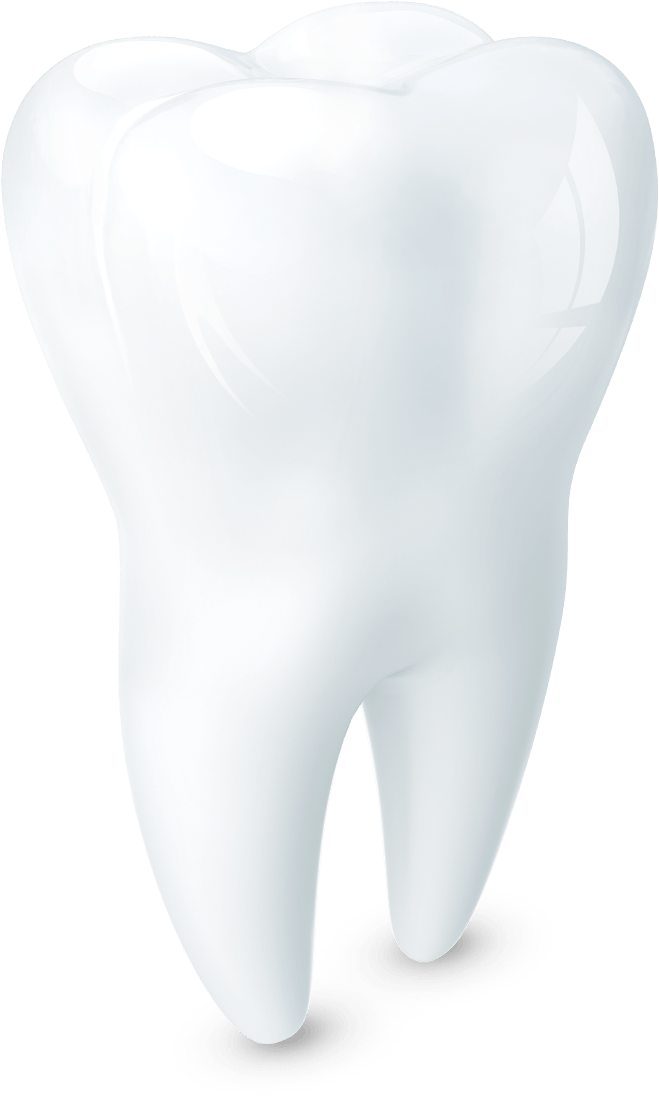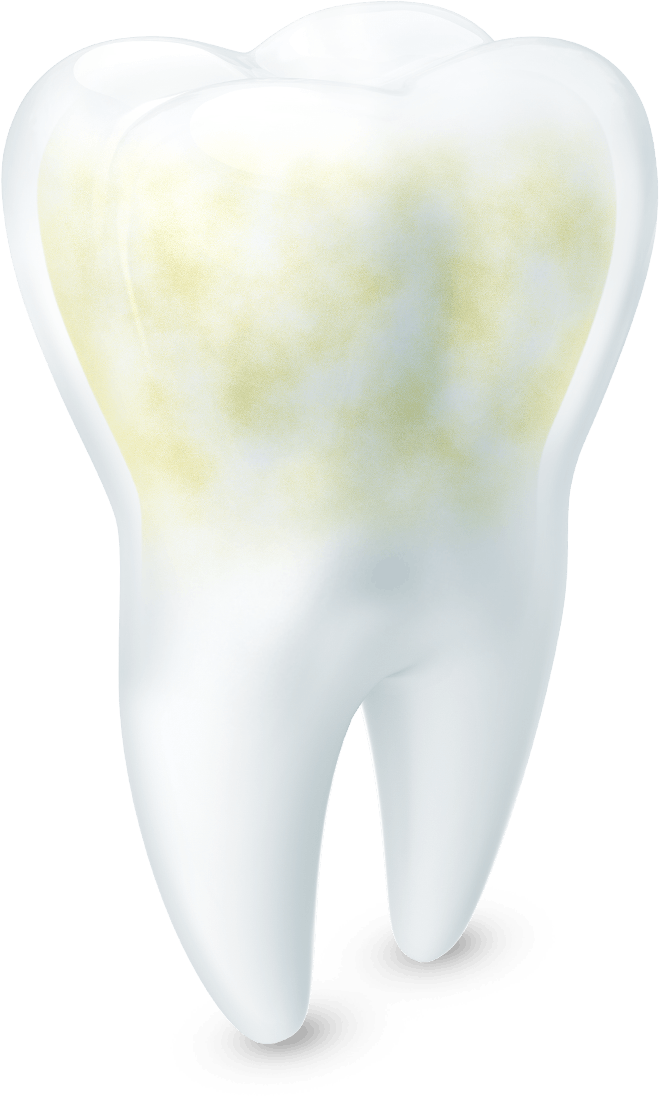Frequently Asked Questions About Acid Erosion and Pronamel
Acid erosion and Acidic Foods
-
What is acid erosion?
It is a form of tooth wear caused by acid softening the tooth’s surface. When tooth enamel (the hard surface of the tooth covering the crown) is exposed to acids (from food, drinks or the stomach e.g. due to sickness or regurgitation), it temporarily softens and loses some of its mineral content. Saliva will help neutralize acidity, restore the mouth's natural balance and slowly reharden the tooth enamel. However, because the tooth's recovery process is slow, if the acid attack happens frequently, the tooth does not have a chance to repair. When the enamel surface is soft and we brush our teeth, the enamel can be worn away more easily, becoming thinner over time. This wearing of enamel or dentin caused by acid is called acid erosion.
-
Is acid erosion the same as cavities?
No. Cavities are caused by bacteria in the mouth, which convert sugar and carbohydrates from the foods we eat into acid. This acid gradually dissolves the tooth enamel and dentin resulting in tooth decay. Acid erosion is not caused by bacteria, but instead occurs when food acids act directly on the surface of the tooth, where they can soften the tooth enamel. Cavities also often happen in one localized area, while acid erosion can occur in the whole mouth.
-
What are some of the causes of acid erosion?
Frequent consumption of food and drinks with a high acid content can cause enamel wear. When tooth enamel is exposed to acids (from food, drinks or the stomach), it temporarily softens and loses some of its mineral content. Saliva will help neutralize acidity, restore the mouth's natural balance and slowly reharden the tooth enamel. However, because the tooth's recovery process is slow, if the acid attack happens frequently, the tooth does not have a chance to repair itself. Wine, many fruits and some soft drinks can be highly acidic and therefore potentially damaging to the teeth. Some acidic foods should not and cannot be easily avoided, since they are important to a healthy diet. But care needs to be taken as to when and how often they are consumed. It’s not just what is consumed that causes acid erosion, but also the way that acidic items are held within the mouth. Holding or retaining acidic food or drinks in the mouth can increase the acidic drink's contact with the tooth or teeth, again increasing the risk of acid erosion. Acid erosion can also be caused by internal acids. This is common in people who suffer from gastric reflux disease as well as some eating disorders.
-
What are the long-term consequences of acid erosion?
When tooth enamel is exposed to acids, it temporarily softens and loses some of its mineral content. When the enamel surface is soft and we brush our teeth, the enamel can be worn away more easily, becoming thinner over time. That is why brushing your teeth with Pronamel is so important. It helps to protect your enamel, keeping it strong so your teeth can keep their natural whiteness.
Acid Erosion: Who is affected?
-
Can children have acid erosion?
Yes. "Baby teeth" are very much at risk from acid erosion because they are less mineralized with softer enamel than adult teeth. Acid erosion in primary teeth can also lead to acid erosion in permanent teeth. For both reasons, great care should be taken with the acidic content of a child's diet. In fact, levels of acid erosion among youth aged 11 to 14 highlight the need for early prevention. Children should be encouraged to form good oral hygiene habits and limit brushing directly after consuming acidic fruits or fruit juices.
Acid Erosion: Prevention
-
What can be done to help prevent acid erosion?
To help protect your teeth against the effects of dietary acids, there are several steps that can be taken:
- Follow the advice of your dental professional and make sure you have regular dental check ups
- Allow acidic foods and drinks to pass through your mouth quickly to reduce the time they are in contact with your teeth
- If possible, drink soft drinks through a straw directed into your mouth and not directly at your teeth
- Wait at least 30 minutes to brush your teeth after having acidic foods or drinks. By then, your enamel is no longer at its softest and most vulnerable
- Use Pronamel as your daily toothpaste to reharden acid-softened enamel. Healthy, white teeth start with strong enamel.
Acid Erosion: A Modern Phenomenon?
-
Why is acid erosion only now becoming a problem?
In the twentieth century, dental diseases, such as tooth decay and gum disease, were widespread. This greatly affected the life span of teeth and meant that most people did not retain their teeth for life. Improved oral hygiene and restorative treatments have extended the life span of teeth in the twenty-first century. However, as teeth are lasting longer, they are subject to the effects of wear, particularly from acids and tooth brushing over prolonged time periods. Not only that, people today expect to keep their teeth healthy and looking good for longer.
Pronamel
-
Why is it important that Pronamel is lower in abrasivity?
All toothpastes contain abrasives in order to remove stains from the tooth surface. Pronamel is a lower abrasive toothpaste formulated to minimize physical wear to the tooth surface. This is particularly important when the tooth enamel is softened as it is more vulnerable, contributing to enamel loss.
Acid Erosion in Children: Pronamel Kids
-
Can children have acid erosion?
Yes. "Baby teeth" are very much at risk from acid erosion because they are less mineralized with softer enamel than adult teeth. Acid erosion in primary teeth can also lead to acid erosion in permanent teeth. For both reasons, great care should be taken with the acidic content of a child's diet. In fact, levels of acid erosion among youth aged 11 to 14 highlight the need for early prevention. Children should be encouraged to form good oral hygiene habits and limit brushing directly after consuming acidic fruits or fruit juices.
-
How does Pronamel Kids work?
Pronamel Kids was developed in conjunction with dentists to help protect children's teeth from acid erosion and cavities. It works in several ways:
- It's specially formulated to help reharden acid-softened enamel with twice daily brushing, to help keep your children’s teeth strong and healthy
- It also helps protect against cavities
-
What happens if nothing is done about acid erosion?
-
Does Pronamel Kids treat sensitivity?
-
How can I raise a concern or find more information about Pronamel?
We love to hear from our customers. Please visit our Contact Us page for ways you can raise a concern, provide feedback or find out more details about Pronamel.






















